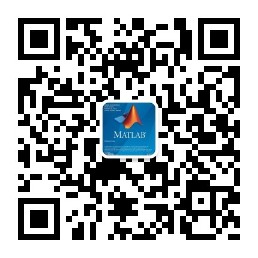博文
[转载]【计算机科学】【2015】基于聚类的机器人点云简化方法
||
本文为英国曼切斯特大学(作者:Benjamin Jonathan Bird)的硕士论文,共181页。
本文介绍了点云简化的新方法,这些方法专门针对低功耗机器人应用,特别是核废弃工业中的应用。对现有的点云简化方法进行了回顾,发现现有的点云简化方法主要集中在保持点云的精度而不是计算资源的效率上。在诸如支持硬件需求、分辨率、功耗和通信协议等几个方面,基于性能来评估用于捕获3D场景信息的硬件选择。测试表明,Hokuyo URG-04LX-UG01是所评估的最适合的硬件。
本文提出的点云简化方法是基于极坐标的实时数据流体积简化,然后从计算时间、精度、对错误数据的鲁棒性、网格划分性能和目标识别的适用性等方面对各种算法进行了比较和评价。将提出的算法与一个已知的、已建立的用于嵌入式应用程序的聚类算法进行比较。基于计算时间、视觉性能、目标识别的适用性和网格划分的适用性进行了比较。所提出的算法在计算时间和网格划分的适用性方面都有显著的优越性。
This thesis introduces new methods of point cloud simplification, which are specifically targeted at low power robotics applications, particularly those within the nuclear decommissioning industry. A review of existing point cloud simplification methods has been conducted, it is apparent that these exiting methods focus on maintain accuracy of the point cloud rather efficiency in terms of computational resources. A selection of hardware for capturing 3D information regarding a 3D scene is evaluated based on performance, in several areas such as supporting hardware requirements, resolution, power consumption and communication protocol. Testing shows the Hokuyo URG-04LX-UG01 to be the most suitable of the scanning hardware evaluated.
The point cloud simplification methods proposed in this thesis are based on Volumetric Simplification of a live, polar coordinate based data stream. The various algorithms presented are then compared and evaluated based on their computational time, accuracy, robustness to erroneous data, meshing performance and suitability for object recognition. The presented algorithms are then compared to a known, established clustering algorithm that is intended for use in embedded application. Comparisons are made based on computational time, visual performance, suitability for object recognition and suitability for meshing. The proposed algorithms are shown to be significantly superior in terms of computational time and suitability for meshing.
1. 引言
2. 文献回顾
3. 数学基础知识
4. 现有扫描硬件的比较
5. 点云简化
6. 测试与评估
7. 结论与展望
更多精彩文章请关注公众号:
https://wap.sciencenet.cn/blog-69686-1263520.html
上一篇:[转载]【无人机】【2015.03】遥控无人机设计方法
下一篇:[转载]【信息技术】【2016.02】利用音频分解技术处理音乐信号